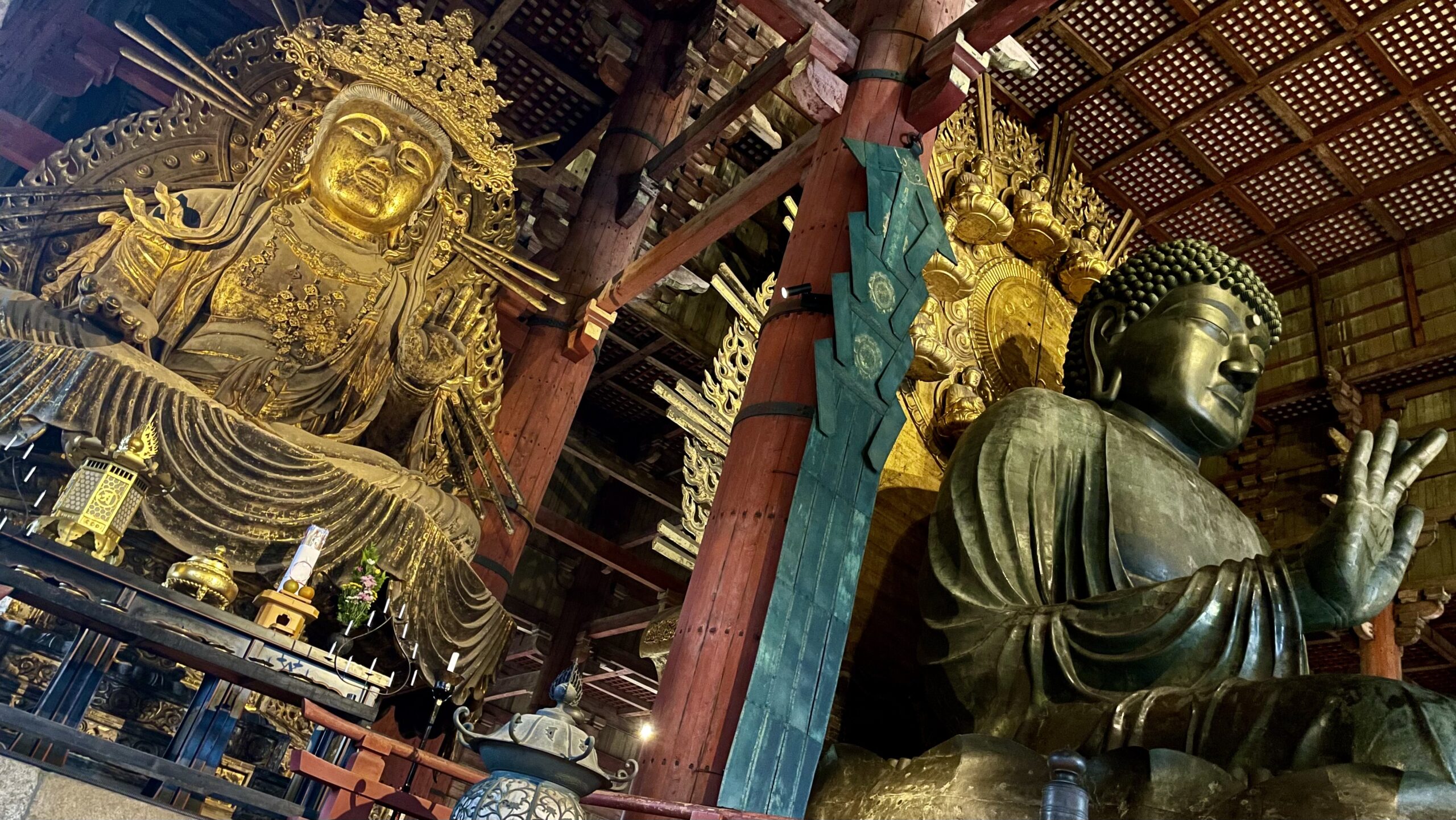When people think of Japan, images of bustling Tokyo, historic Kyoto, and serene Mount Fuji often come to mind.
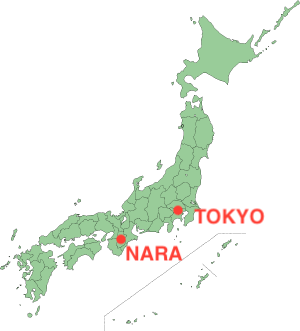
However, for those seeking an authentic cultural experience away from the crowds, Nara is a treasure trove of history, tradition, and hidden wonders waiting to be explored. As Japan’s first permanent capital, Nara is home to some of the country’s most significant historical landmarks and cultural experiences that offer a deep dive into Japan’s rich heritage.
In this blog, we will explore the real Nara, from its iconic temples to its lesser-known but equally fascinating hidden gems.
Discovering Nara’s Timeless Heritage
Todai-ji Temple: Home to Japan’s Largest Bronze Buddha
A visit to Nara is incomplete without experiencing the awe-inspiring Todai-ji Temple.

This UNESCO World Heritage site houses the Great Buddha (Daibutsu), one of the largest bronze statues in the world, measuring 15 meters in height. The temple itself is an architectural marvel, originally built in the 8th century and reconstructed several times over the centuries.
Walking through its massive wooden gates, visitors are transported back in time, feeling the spiritual energy that has permeated this sacred site for over a millennium.
Kasuga Taisha Shrine: A Lantern-Lit Path to the Gods
Nestled in the lush forests of Nara Park, Kasuga Taisha Shrine is another must-visit cultural landmark. Known for its hundreds of bronze and stone lanterns, the shrine is especially magical during the Mantoro Lantern Festival, when thousands of lanterns illuminate the shrine grounds.

The vermilion-painted structures, combined with the serene ambiance of the surrounding nature, create an unforgettable experience of Shinto spirituality.
Experiencing Authentic Nara
Naramachi: Walking Through Time in a Historic District

For those who want to experience traditional Japan beyond temples and shrines, Naramachi is the perfect destination. This well-preserved Edo-period merchant district is home to machiya (traditional wooden townhouses), small artisan shops, and charming cafes.
Visitors can explore historical residences like the Naramachi Koshi-no-Ie, which provides a glimpse into the daily life of a merchant family from centuries past.
Staying in a Ryokan: The Ultimate Japanese Hospitality
One of the best ways to immerse yourself in Nara’s authentic atmosphere is by staying in a ryokan (traditional Japanese inn). These accommodations offer a unique opportunity to experience Japanese hospitality (omotenashi) through tatami-matted rooms, futon bedding, and exquisite kaiseki (multi-course) meals.
Ryokan such as Kankaso, located near Todai-ji, provide an intimate experience that blends history and luxury.
Hidden Gems and Local Delights
Yoshiki-en Garden: A Tranquil Escape
While Nara Park is famous for its freely roaming deer, those seeking a quieter retreat should visit Yoshiki-en Garden.
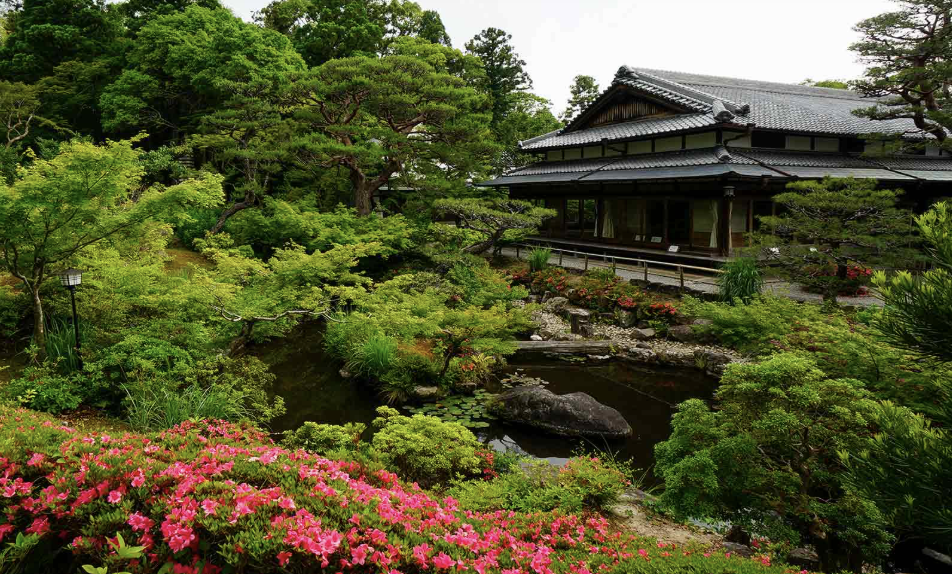
This beautiful Japanese garden, located near Todai-ji, consists of three sections: a moss garden, a pond garden, and a tea ceremony garden. Unlike some of the more crowded attractions in Nara, Yoshiki-en offers a peaceful and uncrowded setting where visitors can enjoy seasonal beauty and serenity.
Asuka Village: Japan’s Ancient Roots
For an off-the-beaten-path experience, take a short trip to Asuka Village, often considered the cradle of Japanese civilization.
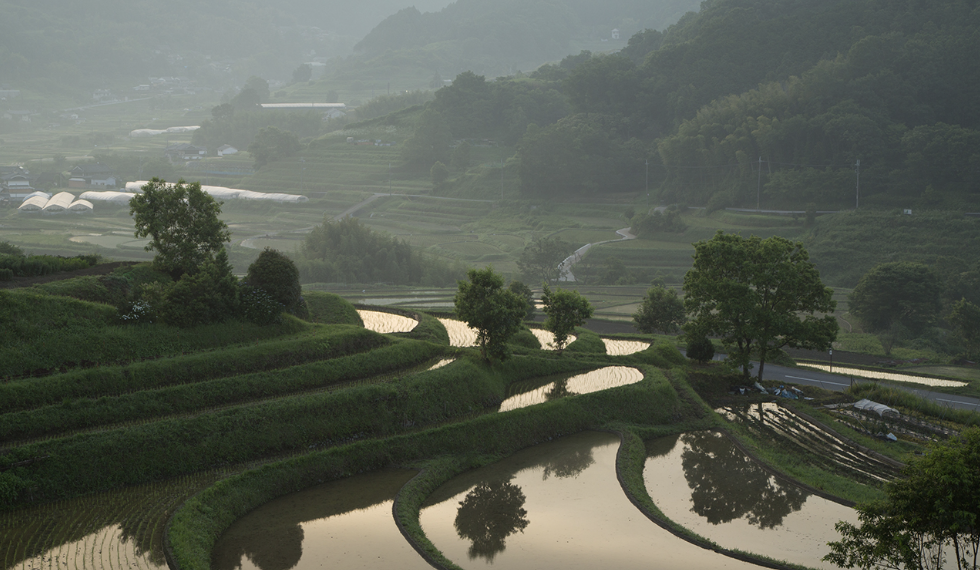
This rural area is dotted with mysterious ancient stone carvings, historic burial mounds, and the remnants of Japan’s earliest Buddhist temples.
Renting a bicycle is the best way to explore Asuka, allowing you to soak in the idyllic countryside and discover hidden historical gems at your own pace.
Local Cuisine: Savoring the Flavors of Nara
Nara’s culinary scene offers a taste of history through its traditional dishes. Some must-try foods include Kakinoha Sushi, Miwa Somen and Narazuke.
Kakinoha Sushi and Miwa Somen
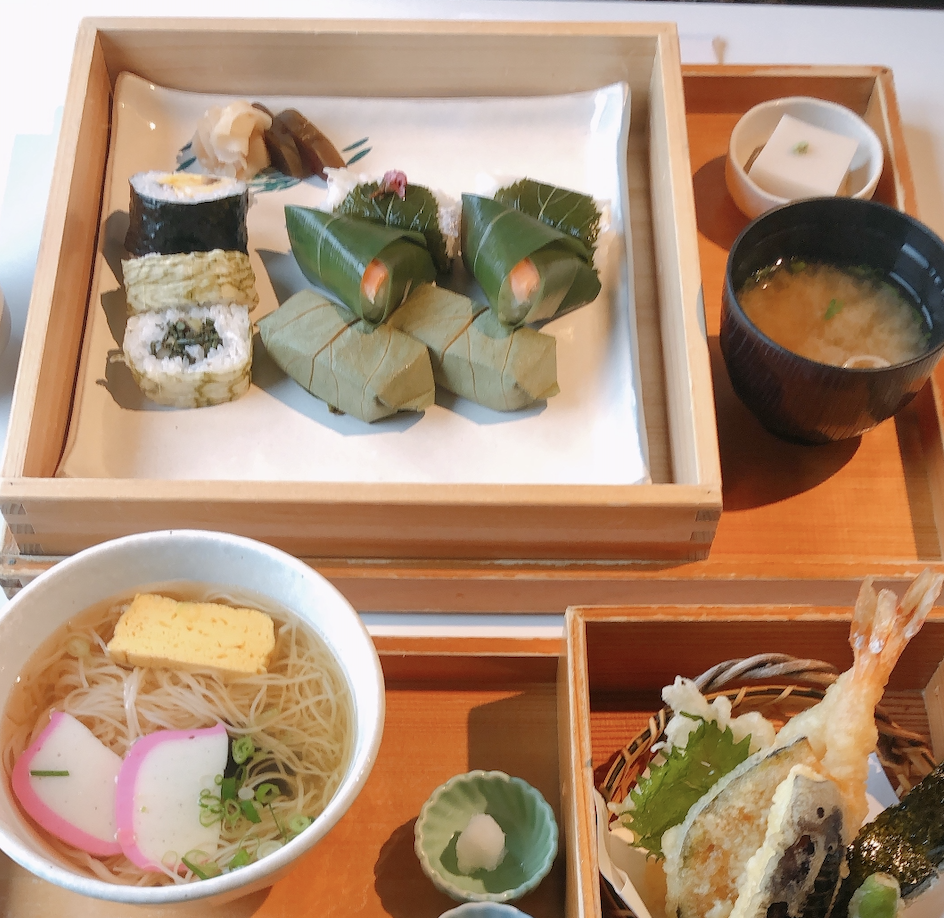
- Kakinoha Sushi: A type of pressed sushi wrapped in persimmon leaves, originating from Nara’s mountainous regions.
- Miwa Somen: Delicate, thin wheat noodles from Miwa, known as Japan’s oldest somen production region.
Narazuke
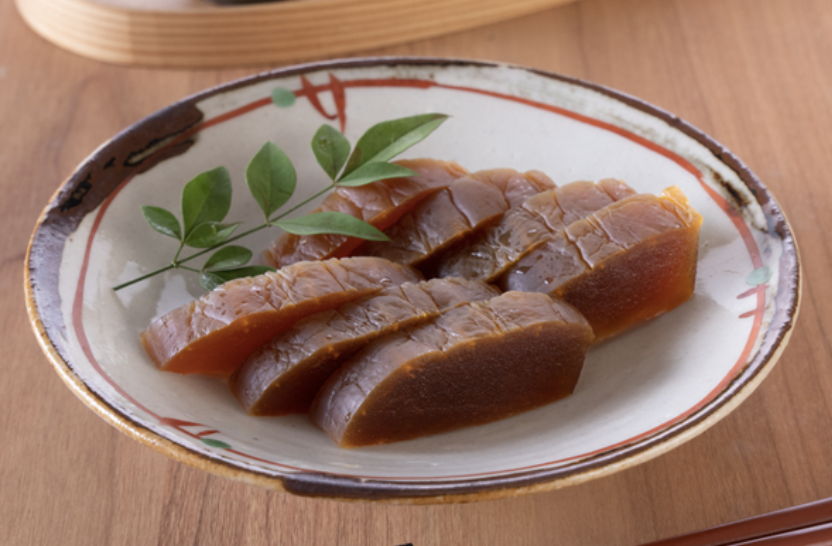
Pickles made using sake lees, offering a unique and rich flavor.
For those looking to enjoy a unique dining experience, head to a local tea house for matcha and wagashi (traditional Japanese sweets) while enjoying the historic ambiance of Nara’s cultural districts.
The Spirit of Nara: Living History and Nature
One of Nara’s most remarkable aspects is the seamless blend of history and nature.

Unlike many other historic cities in Japan, Nara maintains an intimate connection with its natural surroundings. The deer of Nara Park, considered sacred messengers of the gods, roam freely, creating a magical interaction between people and wildlife.

Additionally, Mount Wakakusa offers a breathtaking panoramic view of the city and is famous for the annual Wakakusa Yamayaki festival, where the hillside is set ablaze in a stunning fire festival that symbolizes renewal and purification.
Conclusion: Nara, A Gateway to Authentic Japan
Nara is more than just a historical destination; it is a living, breathing museum of Japanese heritage and tradition. Whether you are exploring its grand temples, strolling through preserved districts, uncovering hidden gems, or indulging in local delicacies, Nara offers an unforgettable journey into the heart of authentic Japan.
For those who wish to go beyond the typical tourist path and experience the soul of Japan, Nara is a destination that should not be missed.

So, the next time you plan your trip to Japan, take a detour from the usual and discover the timeless beauty of Nara—a place where history, culture, and nature coexist in perfect harmony.

